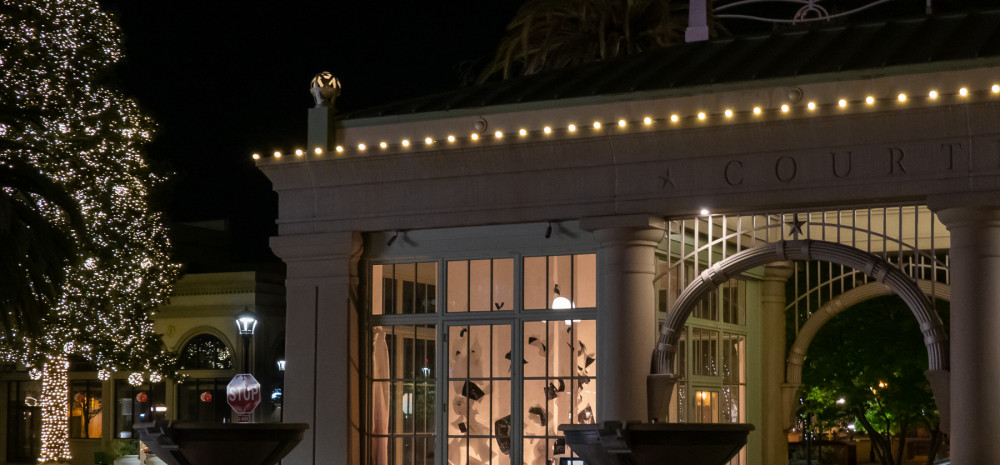Project Description
With the installation Close to Home, Redwood City artist Cindy Stokes creates a narrative on the breadth of man’s relationship with fire. Learning to use fire was central to the rise of civilization, yet fire in the wild also lives on, uncontrolled and increasingly threatening modern life. Fire seasons worldwide continue to grow longer, hotter, more destructive and more deadly with each decade.
Just since 2017, Bay Area wildfires have had devastating impacts on both man and the environment, burning entire towns and neighborhoods, thousands of structures, and millions of trees, and killing hundreds of people and unknown amounts of wildlife. 2020’s regional fires blanketed the area in smoke and haze for weeks, triggering health warnings to stay indoors and forcing even those not directly in fire’s path to pay attention. We aren’t innocent in the growth of this threat. Man’s contributions to climate change, management of forests and grasslands, political and financial incentivization for land use, and choices to live in scenic but fire-prone spaces all play a role. Fire, which arguably enables modern life, may also be our undoing.
And still…the intimate flames of our campfires and fireplaces embody the very essence of family, friendship and romance. More practically, we rely on combustion to fuel everything from heating and cooking to transportation and industrial production. Given this ubiquity, it’s not surprising that fire and flames are central symbols across religion, myth, literature and popular culture, variously representing passion and desire, purification and rebirth, destruction and punishment, or hope and eternity.
Close to Home speaks to these contradictory roles of fire in our lives. It is developed around Stokes’ photographs of flames, sculpted into curving, gestural three-dimensional forms, that were made at family campfires and embody her memories of comfort, laughter and kinship. On a central structure, groups of these sculpted photographs are arranged, mosaic-like, into much larger formations to evoke the ascending flames of forest wildfires. The photographs are also marked with charred wood from the 2020 CZU complex fire that burned for months not far from Redwood City.
In some areas of the central structure only shadows are visible, mere whispers of promise or threat…or perhaps nothing. The kiosk’s natural light as well as designed lighting are used to create a range of experiences at different times of day.
In the contrasts of small and large, what’s visible or implied, Stokes asks the viewer to consider our multifaceted relationship with fire, and the environment generally – how we use natural resources, where we choose to live, and how we balance current desires with the potential for future disaster. Addressing such questions is essential for the future of both man and the natural world.
